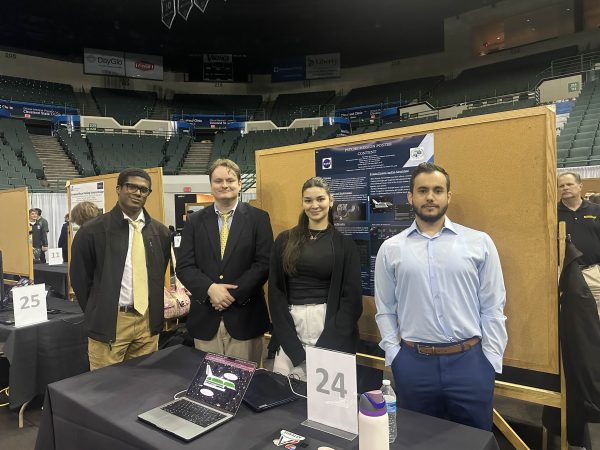Web-Based Game for Psyche – Mining Psyche 16
INSTITUTION
Cleveland State University (CSU)
CLASS
Iridium Class (2024 – 2025)
STUDENT TEAM
ACADEMIC GUIDANCE
Dr. Sanchita Mal-Sarkar
PROJECT DESCRIPTION
The NASA Psyche Mission Game is a complete 2D asteroid mining simulator developed using the Godot Engine. The player operates a futuristic drone to mine ores across 15 increasingly challenging levels, upgrade their equipment, and explore the vastness of space through strategic gameplay. The game begins with a sleek title screen offering two primary options: access an educational encyclopedia or start mining. The encyclopedia provides factual information about each ore, aligning with NASA’s Psyche mission and promoting STEM learning. When gameplay begins, players must mine within a set time limit, convert ores into scrap currency, and purchase drone upgrades. Meeting the quota progresses the player to the next level with more complexity and reduced time. Failure resets the game. Featuring parallax scrolling backgrounds, animated UI, sound integration, live stats, and a rerolling item shop, the game emphasizes immersion and learning. It is designed to run on low-end devices using only free tools. The development process incorporated user feedback and iterative improvements to finalize a polished, educational gaming experience.



